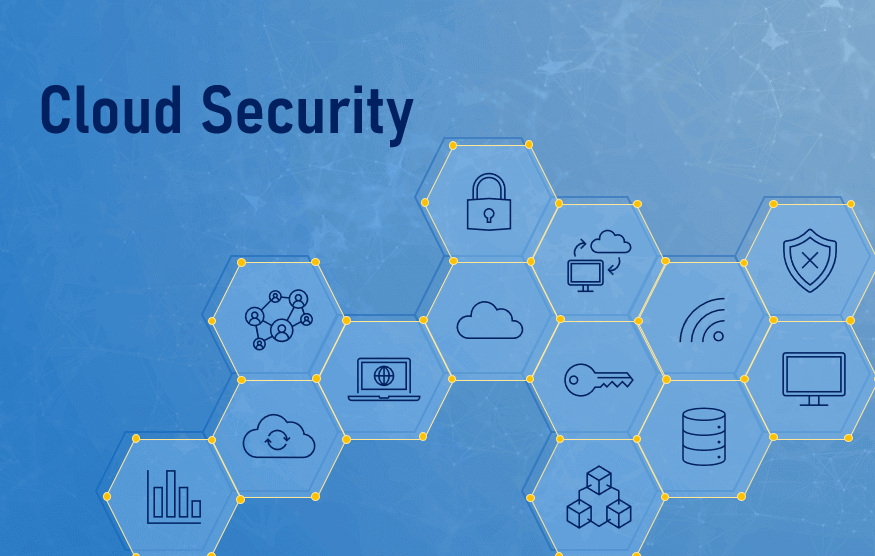
Cloud Security for SMBs: Best Practices to Keep Your Business Safe
The cloud is secure, but the things you put in the cloud are only as secure as you make them.” Warren Buffet
Cloud Security for SMBs: Best Practices to Keep Your Business Safe
Introduction:
In today’s digital world, small and medium businesses (SMBs) are increasingly moving to the cloud to leverage its flexibility and cost savings. However, along with these benefits comes the challenge of ensuring strong security measures are in place. For SMBs, balancing security with limited budgets and resources can seem daunting, but it’s absolutely essential to avoid costly data breaches or cyberattacks.
In this blog, we’ll cover the most common cloud security risks for SMBs and the best practices you can implement today to protect your business.
Common Cloud Security Risks for SMBs
Cloud security risks are often the result of misconfigurations, lack of visibility, or human error. For SMBs, common vulnerabilities include:
Data Breaches: Sensitive data in the cloud can be exposed if security measures are weak.
Misconfigured Cloud Settings: Incorrectly configured cloud services can leave gaps for hackers to exploit.
Insider Threats: Employees, contractors, or partners can unintentionally or maliciously cause security incidents.
Phishing Attacks and Weak Passwords: Cybercriminals often target SMBs with phishing scams, exploiting weak passwords for unauthorized access.
Without the right safeguards, these risks can lead to devastating financial and reputational losses.

Best Practices for Cloud Security
Here are five essential practices SMBs should implement to strengthen their cloud security:
Use Multi-Factor Authentication (MFA)
Passwords alone are not enough. SMBs should enforce MFA to add an extra layer of security, requiring employees to verify their identity with something they know (password) and something they have (a phone or security token). This simple step can significantly reduce the risk of unauthorized access.Encrypt Sensitive Data
Data encryption ensures that sensitive information is protected both at rest and in transit. This means that even if a hacker gains access to your data, they won’t be able to read it without the encryption keys.Regularly Update and Patch Systems
Cybercriminals often exploit known vulnerabilities in outdated software. Ensure that all cloud applications and systems are updated regularly to fix security flaws and close gaps that could be exploited.Set Up Role-Based Access Control (RBAC)
Limit access to sensitive information based on an employee’s role. This minimizes the chance of insider threats by ensuring that only authorized personnel can view or modify critical data.Monitor and Audit Cloud Activity
Implement logging and monitoring to detect suspicious activity early. By setting up automated alerts for unusual behavior, businesses can detect potential threats before they escalate into a breach.
Affordable Tools for SMB Cloud Security
While enterprise-level security solutions may be out of reach for many SMBs, there are several affordable tools that offer excellent protection:
Encryption Tools: Solutions like BitLocker or VeraCrypt for data encryption.
Monitoring Tools: Affordable cloud security monitoring solutions like AWS CloudTrail or Azure Security Center can help you keep track of suspicious activity.
Access Management Tools: Tools like Okta or LastPass help manage passwords and implement multi-factor authentication with ease.
These tools provide SMBs with robust security without a hefty price tag, ensuring that even businesses with limited budgets can maintain strong defenses.
The Importance of Employee Training
Technology can only do so much. Employees need to be educated about security protocols to prevent common threats like phishing attacks. Regular training on password management, identifying suspicious emails, and understanding their role in maintaining security can significantly reduce risk.
A well-informed team is a strong first line of defense against cyber threats.
Conclusion
As SMBs continue to embrace the cloud, securing their infrastructure must be a top priority. By following these best practices, even businesses with limited resources can build a strong defense against cyber threats. Taking proactive steps today will safeguard your business for tomorrow.
Need help securing your cloud infrastructure?
Contact us today to learn how we can tailor cloud security solutions that fit your business’s unique needs.